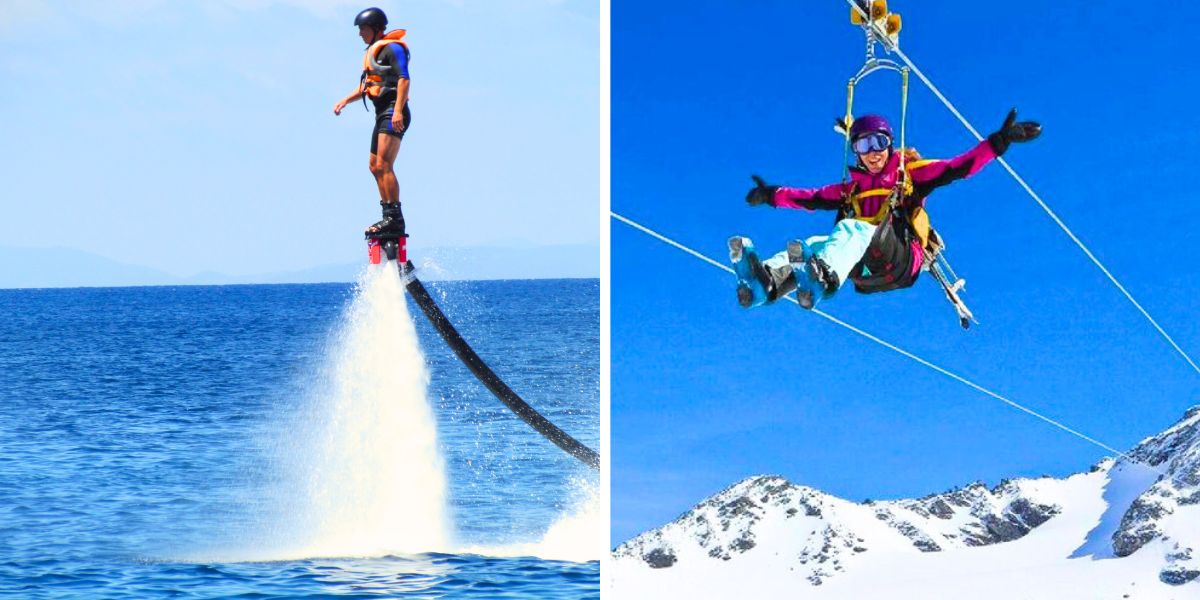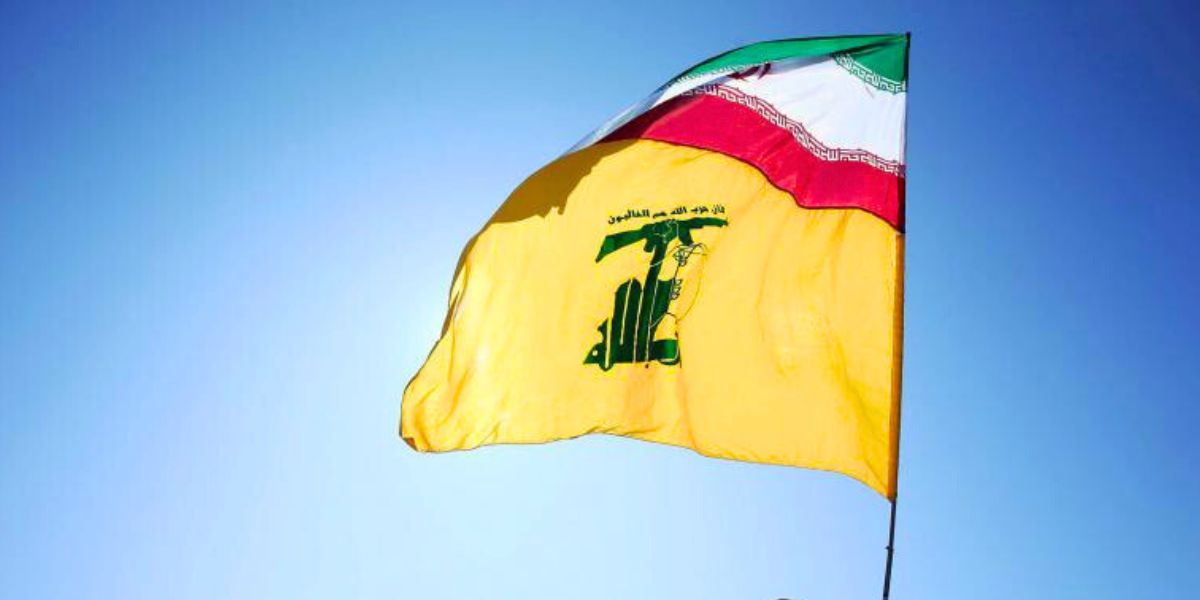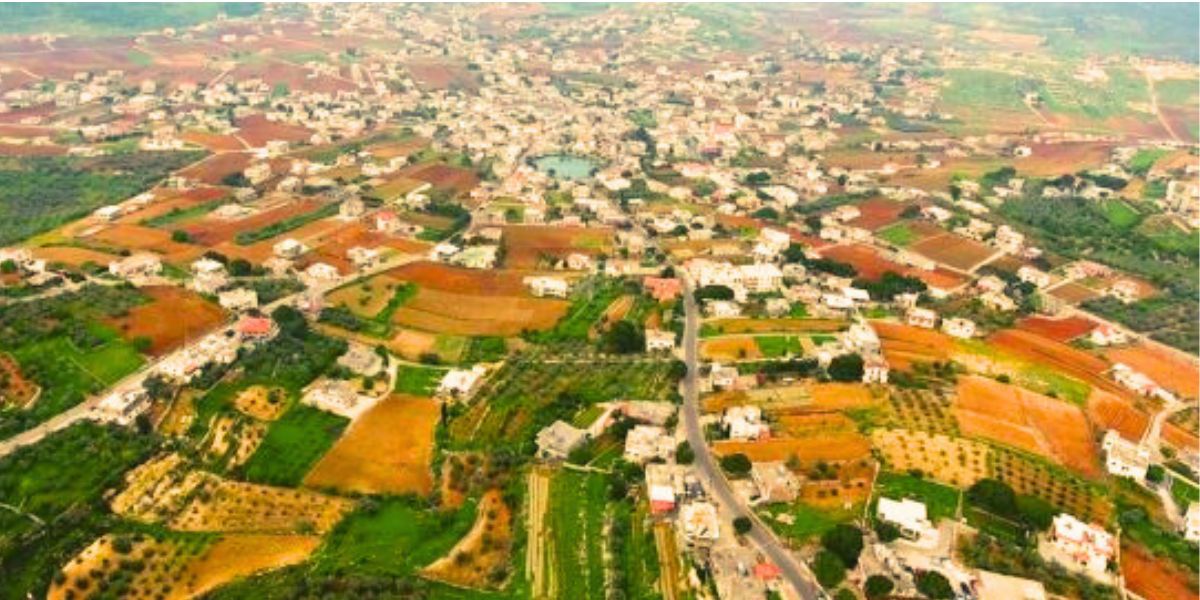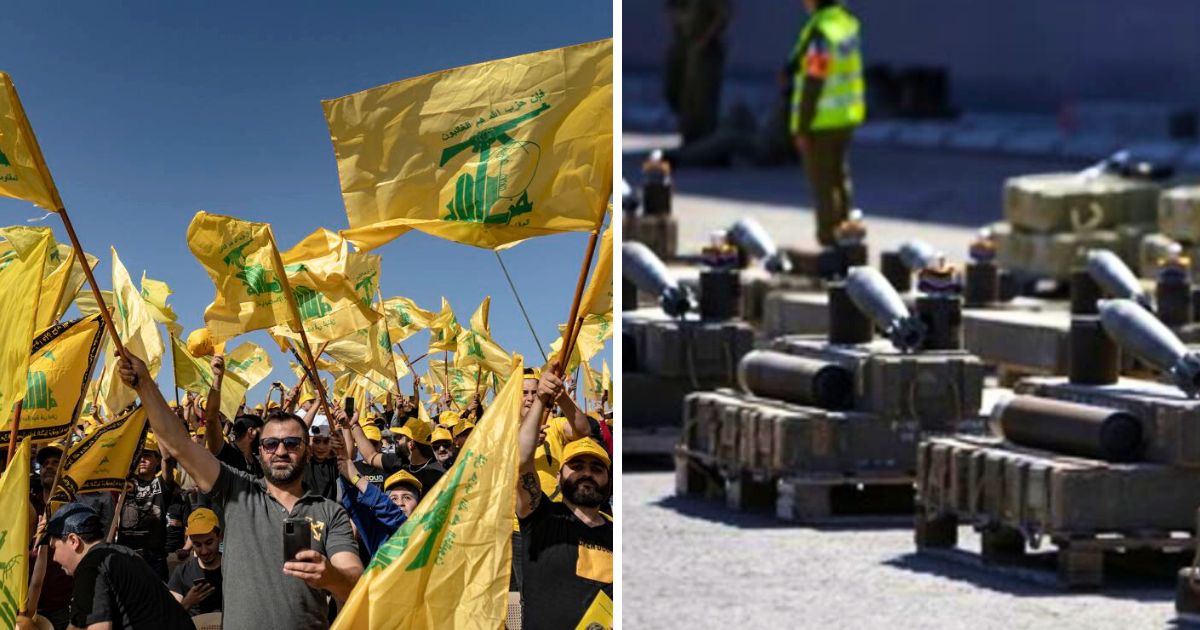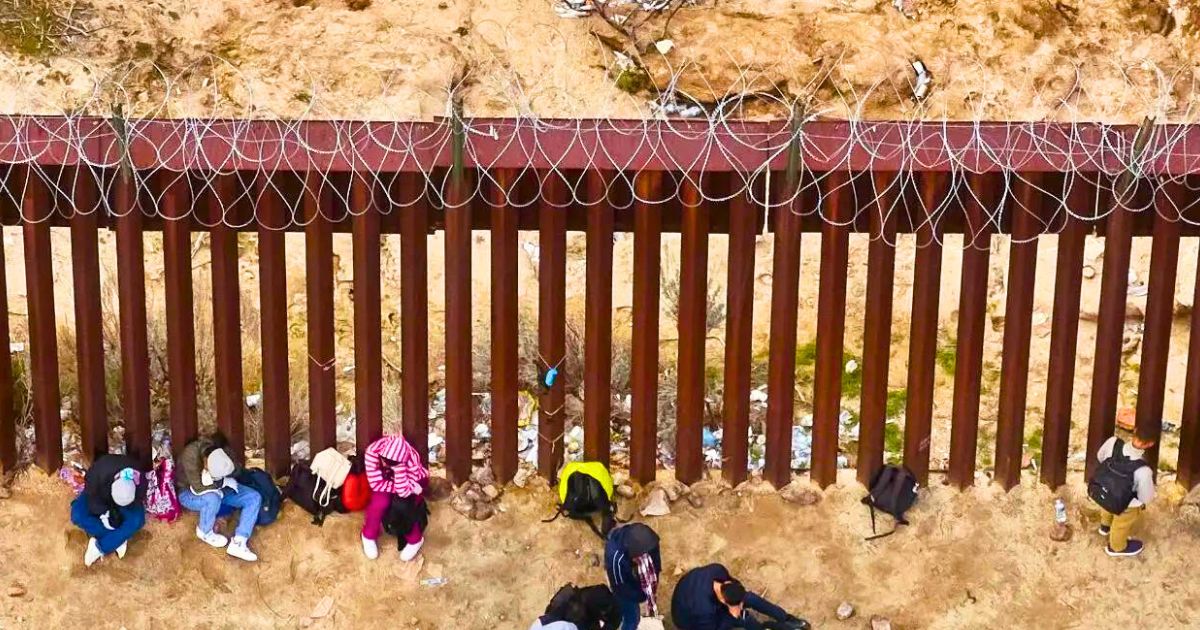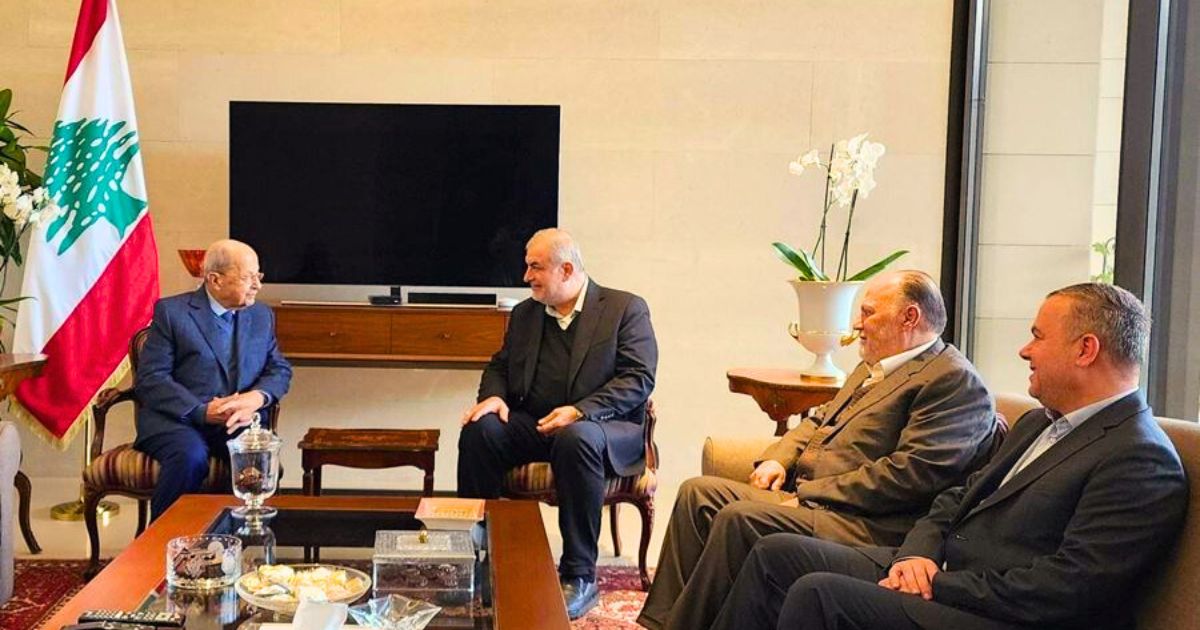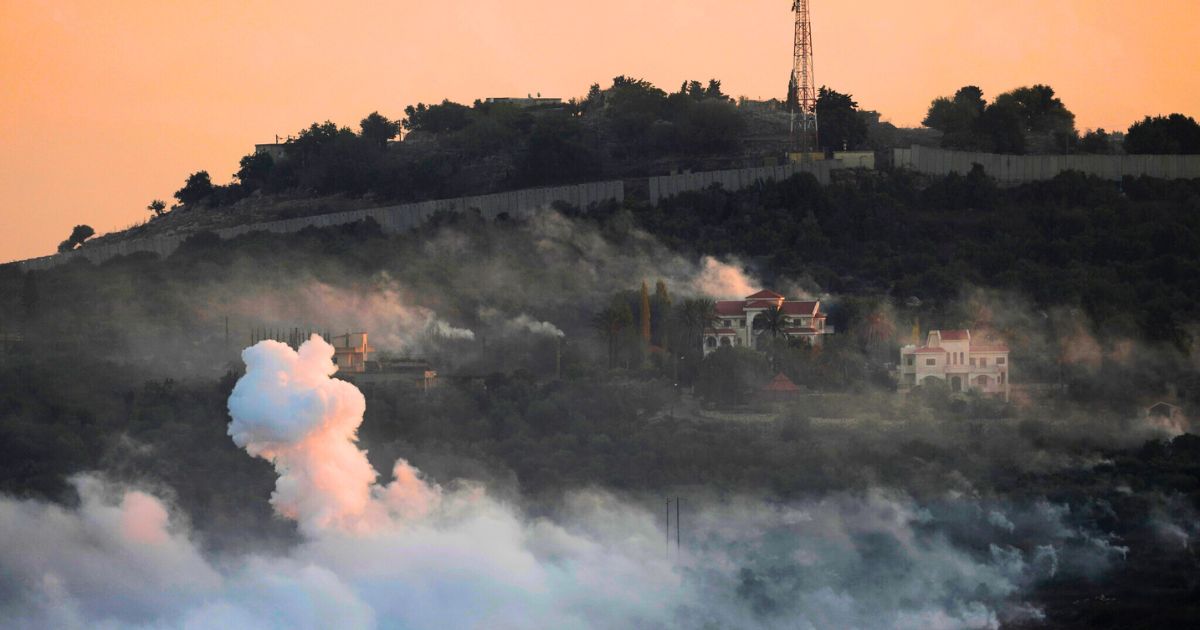News anchor and journalist Dima Sadek opens the documentary with a short introduction about the neighborhood of Khandak Al-Ghamik in Lebanon.
She paints a bleak picture of the neighborhood, describing it as the heart of Beirut hiding beneath an exterior that displays the sea and the trade centers of the city.
She explains that this makes the residents of Khandak Al-Ghamik feel as if they are “not the heart, not the eye, and not even the edges [of Beirut].”
Dima goes on to explain that nothing in that neighborhood resembles what the media shows about Beirut.
“The walls tell a story,” she says, “It is filled with the faces of those who are gone, more so than the faces of those that remain. Martyrs, all over the place – and no information about where they happened or their nature.”
“No difference between any of them as all the fallen are martyrs, even if they died in secret, fighting in a neighboring country such as Syria,” she explains to then point out: “This is the Beirut of poverty, the Beirut of unemployment.”
With that clear picture of the area depicted, the documentary unfurls with conversations with locals.
The first interview is with a man by the name of Ali Khreiss, also referred to as Abou Al-Zalam (literally translated as The Father of Darkness). Khreiss is one of the leaders of the local political organizations in the area.
Behind Khreiss is a photograph of Hassan Nasrallah, the Secretary-General of Hezbollah, and a Palestinian flag.
Surrounding him are some pictures of Cuban famous revolutionary Che Guevara as well of Ayatollah Ruhollah Al-Khomeini, the supreme leader of Iran after the revolution of 1979.
To an astonished Sadek, Khreiss claims that the rate of unemployment in the area is 90%. Despite her disbelief, he insists that this is the truth. She would then go on to say that the statistic is not based on any actual or serious research.
Throughout the interview, Khreiss speaks in length about the situation of Khandak al-Ghamik. He describes that the residents oftentimes have to borrow the “cost of a cigarette pack” (costing 1,500LL, which is less than a dollar at the current rate).
He speaks about the anger of the residents and how it causes them to lash out “even at the farms.” He then goes to lament the amount of anger and depression that plagues them.
He also speaks about the drug trafficking that goes on in the area as a result of poverty.
It has been alleged by many media outlets, most notably Al-Arabiya, that Hezbollah, a prominent party in the area, makes a substantial amount of its money through their involvement in the global drug trade and money laundering.
The second set of interviews was conducted with two local men who preferred to remain anonymous, showing only their silhouettes. They were referred to as Sadness and Anger.
In those interviews, the men speak about their depressing situation, describing the ordeal of having to take an allowance from their mothers and “having nothing to come back home with.”
They also describe the discrimination they face, claiming that if someone knew that they were from Al-Khandak, they would not be hired.
One of them then goes on to say that he’s proud to be from Al-Khandak and that “it feels nice when people fear you.”
However, as Sadek points, none of this makes them want to revolt. She adds that the “sacred political loyalties are too strong for the blasphemy of hunger.”
When asked about why they would attack protesters in Riad al-Solh and The Ring, they answer by saying that they were told that people were “cursing the Sayyid (Hassan Nasrallah) and the Ustaz (the master, indicating Nabih Berri).”
They go on to say that these men, the Sayyid and the Ustaz, are “the messengers of Allah on earth” and they are untouchable.
When pressured into explaining why they believe that Nasrallah and Berri are not thieves like the others, they act visibly uncomfortable and refuse to answer her question.
This documentary goes to show the power of isolation and the creation of a cycle of dependence among the poor to these giant warlords as being one of the most effective methods of brainwashing.
Here is the documentary:
Note: As of writing this, there are currently no English captions for the video.

